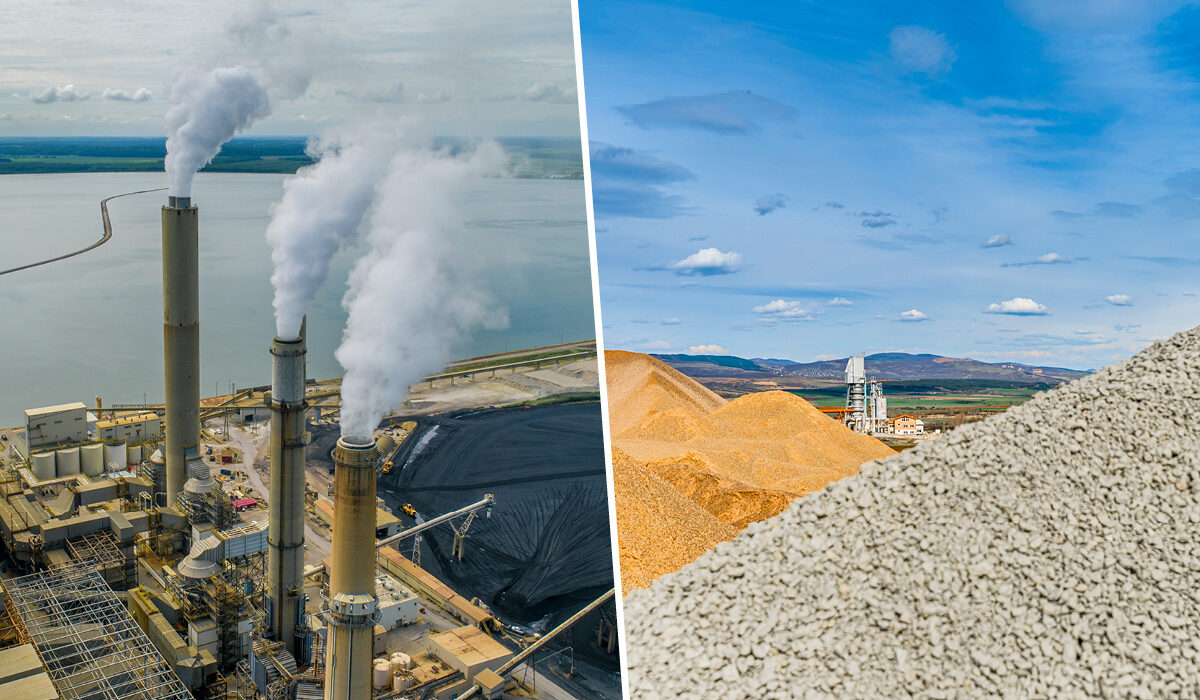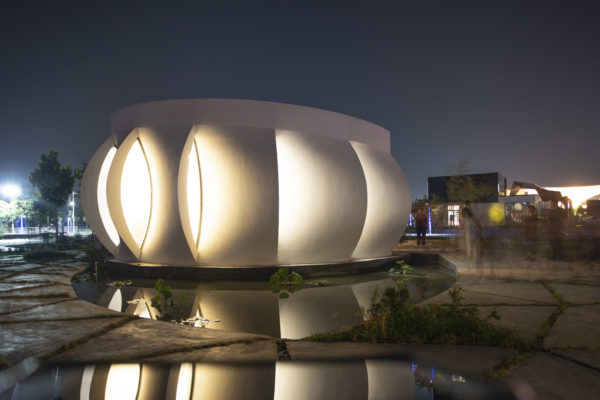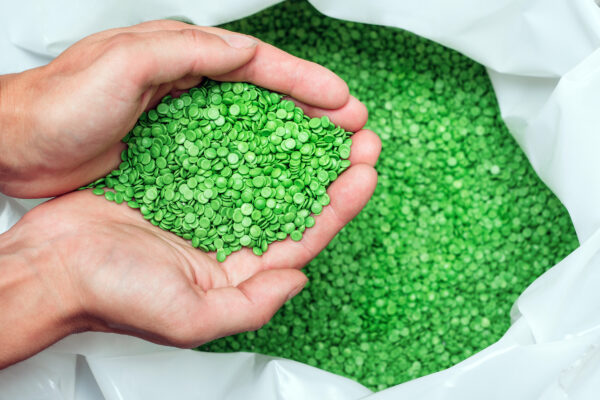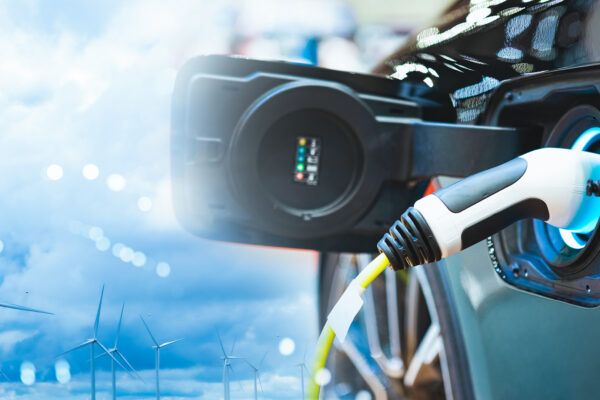The cement industry emits more than 3 gigatons of carbon dioxide worldwide from the manufacturing of about 4.5 gigatons of cement every year because of its carbon-dioxide- and energy-intensive processing. This amount of cement is necessary to produce the concrete that shapes modern infrastructure.
Researchers led by the McKelvey School of Engineering at Washington University in St. Louis plan to develop a more economical process to create concrete products that would ultimately result in a carbon-negative impact on the environment.
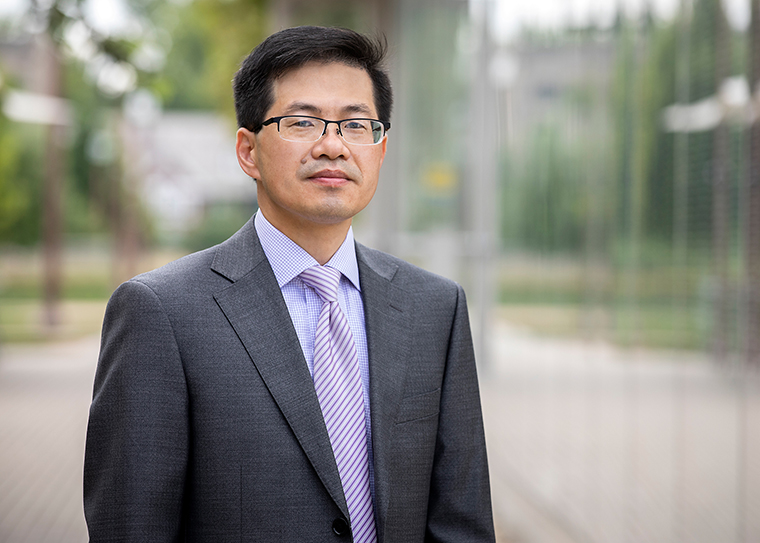
Xinhua Liang, a professor of energy, environmental and chemical engineering at Washington University, has received a two-year $2 million grant from the U.S. Department of Energy (DOE) to develop an innovative and economical process for mineralizing carbon dioxide to produce carbon-negative concrete products.
He is collaborating with Hongyan Ma, an associate professor of civil, architectural and environmental engineering, and Manashi Nath, an associate professor of chemistry, both at the Missouri University of Science & Technology; and Shiguang Li, research and development manager at GTI Energy.
Liang and his collaborators plan to convert carbon dioxide from point emission sources into chemicals that would be mixed with selected industrial solid wastes to create cement alternatives, which can then be used for concrete products.
The proposed technology has the potential to create a new concrete production pathway. It can meet the global demand, reduce the cost of cement production by 27% and change the cement and concrete industries to carbon-negative, or a reduction of 1.2 gigatons carbon dioxide emission per year with 100% use of the proposed technology.
“The cement and steel industries are big contributors of carbon dioxide emission,” Liang said. “Production of 1 ton of Portland cement emits about 0.71 tons of carbon dioxide. We plan to create a laboratory-scale prototype system that can convert 10 kilograms of carbon dioxide a day to make precast concrete blocks.”
The grant is part of $131 million in grants the DOE awarded to 33 research and development projects toward the deployment of carbon-management technologies to reduce carbon dioxide pollution. The projects address technical challenges of capturing carbon dioxide from power plants and industrial facilities or directly from the atmosphere and assess potential storage sites, increasing the number of sites progressing toward commercial operations. The work is part of the White House’s goal of achieving net-zero greenhouse gas emissions by 2050.
In late 2022, four faculty members from the Department of Energy, Environmental & Chemical Engineering received a combined $10.7 million in newly awarded DOE grants toward the same net-zero emissions goal.
Originally published by the McKelvey School of Engineering
